The logos of Acapulco
| Title | Acapulco, Mexico |
| Creator | S. Orozco |
| Year | 1980 |
| Dimensions | 71 × 100 cm |
| Location | Leventhal Map & Education Center at the Boston Public Library |
Virtually every square inch of cartographic real estate on this map of Acapulco is taken up by a corporate logo. Some of the associations make sense, like a parasailer with a Tropic Sun tanning oil logo, and a Pepsi delivery truck. However, others are more of a head-scratcher: is the skipper of the Alka-Seltzer sailboat expecting to be queasy when he reaches shore?
The map's unrelenting focus on pleasure-seekers, as well as its use of the English language, are both clues that this map was meant as a tourist souvenir, with Americans making up the most likely target. Acapulco has been a famous beach resort since the beginning of the twentieth century, with an economy heavily reliant on visitors. The advertisements on this map are a mishmash of international brands, like American Express and Gucci, as well as local offerings, like Restaurant Cocula.
Wander across the exhibition →
Maps like these, mixing one part useful geographic reference with several parts of unabashed commercial advertising, are popular in tourist destinations throughout the world. Whether they're given away as diner placemats or stuffed into rental car information packets, they mix assistance with self-interest, giving tourists something they need in return for a little (or a lot) of product placement.
The corporate logos of this map may seem gaudy, but they're not so far off from the more staid icons and symbols that appear on other reference maps. Logos have become the language of corporate advertising because they're instantly recognizable. Similarly, map iconography works best when we know intuitively what the symbols are supposed to mean. A white P on a blue background means “Parking” all throughout the world, and when you see that symbol on a map, you don't have to think very hard about what it represents. The Ritz Cracker logo on this map might not be quite as useful of a symbol, but it's no less recognizable.
Unsurprisingly, the poor districts where most of the service workers in Acapculco’s resort economy live barely register on this map, beyond a few illustrated hamlets for background effect. Souvenir maps tend to reproduce the two-sided geography of the tourist economy, in which a handful of luxurious landscapes catering to visitors with spare time and money are counterbalanced by hidden cities of poverty and circumscribed mobility. The majority of residents of Acapulco certainly wouldn't have found this map a useful guide to their own lives.
